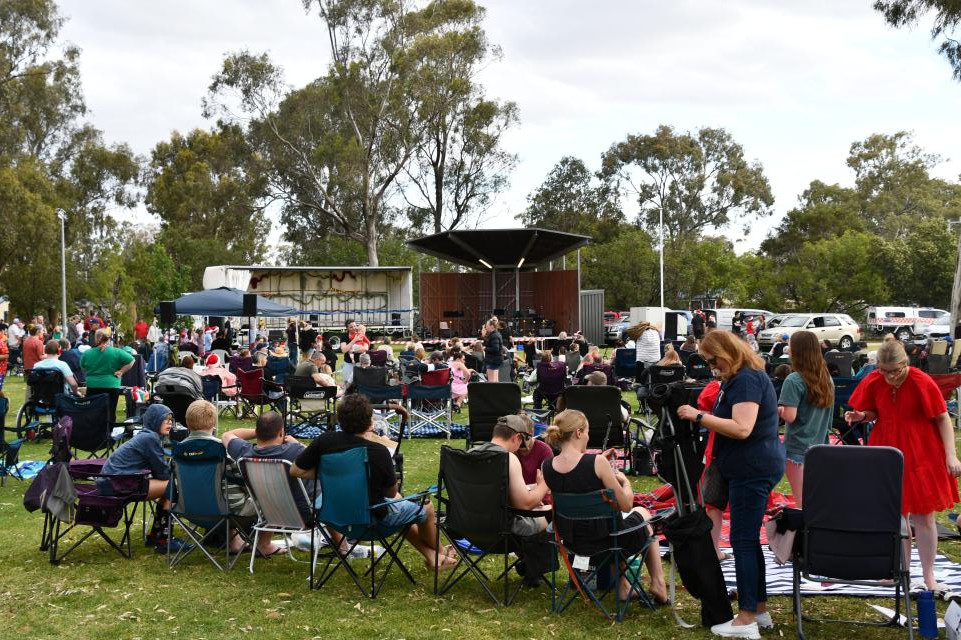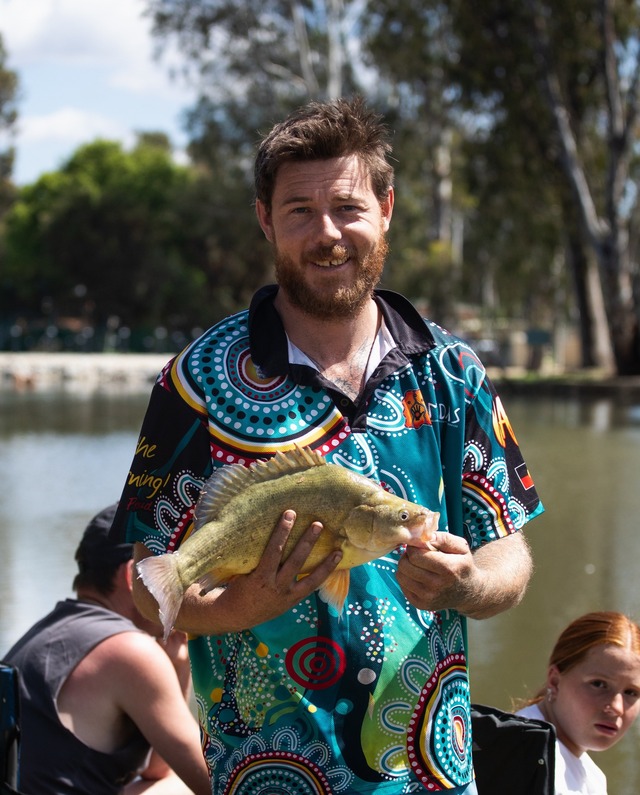A PLANNING amendment has opened the way for environmental watering of the Koondrook-Perricoota Forest, but only once work has been undertaken to protect landholders downstream.
The amendment to the operating rules for the Koondrook–Perricoota Flood Enhancement Scheme means environmental water can flow through the forests and out into the Barber and Thule Creeks at a far greater rate than previously allowed.
Until now, operating rules have only allowed 250 megalitres per day to flow out of the forest, but the amendment will allow for volumes equating to ‘bank full’ levels in both creeks – approximately 3000 megalitres a day.
Originally the scheme was designed for environmental flows to be held up in the forest and only released gradually, but it has become clear that this practice could cause severe hypoxic blackwater.
But while large discharge rates are now seen as preferable, the 250 megalitre restriction has meant apart from a small trial flow in 2014, the scheme – with a price tag in the order of $80 million to $110 million – hasn’t been used to water the forest since it was completed in 2014.
While the restriction has been removed, environmental flows are still on hold because of the potential impacts on downstream landholders, so a suite of mitigation measures is required.
Forestry Corporation of New South Wales project manager Linda Broekman said large environmental flows would not take place before the measures were in place.
“Legally, according to our operating rules, impacts need to be addressed before we can release high flows that would impact properties downstream,” she said.
“While we now have approval to release water downstream, we won’t be releasing flows from the forest until the impact on downstream landholders is mitigated.”
Ms Broekman said the scheme was otherwise sound and provided the capacity to maintain the Koondrook-Perricoota Forest in good health by releasing flows that mimic natural floods.
She said it was apparent during observations of the flooding event last year that water was held up enough by natural obstructions without the need for it to be built up against the regulators at the bottom of the forest.
“Since we established the scheme, we’ve been closely monitoring how the forest has been responding to floods and we recognised that amending the rules to allow us to release more water from the forest will more closely mimic environmental flows and limit the potential for hypoxic blackwater events,” she said.
Ms Broekman said while any flooding of the forest had the potential to create blackwater, the removal of outflow restrictions would help avoid severe hypoxic events that caused the death of fish and crustaceans.
“This amendment is just about adapting the operating rules in line with our monitoring and research – we won’t be making any changes to the existing structures themselves,” she said.
Ms Broekman said the Forestry Corporation was committed to working with landholders to mitigate the impacts of environmental flows.
“The local community has recently developed some preferred locally-driven solutions to impacts downstream of the forest. We’re looking forward to continuing to work with the local people, with the aim of managing flows in a way that benefits both the environment and downstream communities,” she said.
Work on the Koondrook–Perricoota Flood Enhancement Scheme commenced in late 2010 following years of planning and was completed in 2013.
The project saw a channel and regulator constructed upstream of the Torrumbarry Weir to divert water into the top end of the Koondrook-Perricoota State Forest. A massive levee around the downstream perimeter of the forest close to Barham was constructed to protect properties from flooding, with huge regulators installed to allow water to flow out of the forest.






